Summer is undoubtedly one of the best times of the year to enjoy the great outdoors.
There is wildlife to see, and there are adventures to experience. Best of all, you don't need to bundle up to brave the weather.
Of course, the downside is that humans and our fellow mammals aren't the only ones enjoying the good weather.
Summertime also happens to be tick season, and this year is certainly no exception.
We're all aware of the Lyme-disease threat ticks pose, but there is a new virus in town that everyone needs to be on the lookout for. It's called the Heartland virus, and it's causing major havoc in the southern part of the U.S.
The CDC reports that there is not much known about the Heartland tick virus, but cases of the disease are increasing and spreading into states that have not previously been affected.
That's why it's so important for everyone to know about this threat, and to hopefully avoid becoming one of its victims.

According to the CDC, the Heartland tick virus is a little-understood illness that typically strikes from late spring through early autumn. It bears a striking similarity to Lyme.
It causes fever and fatigue, and some patients also report nausea, headaches, diarrhea, and loss of appetite.
Unfortunately, most patients had to be hospitalized for their illness and symptoms.
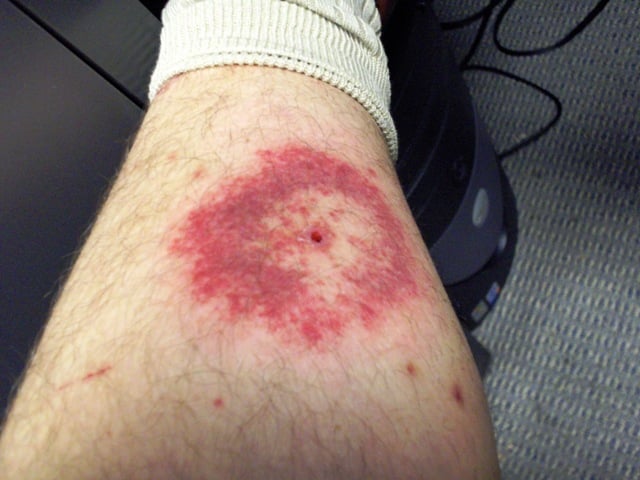
We all know that the bull's-eye rash is a common sign of Lyme infection.
As it turns out, the bull's-eye rash is telltale sign of any viral tick bite, so spotting one of these livid, ring-shaped bruises might also indicate you have been bitten by a tick with Heartland virus.
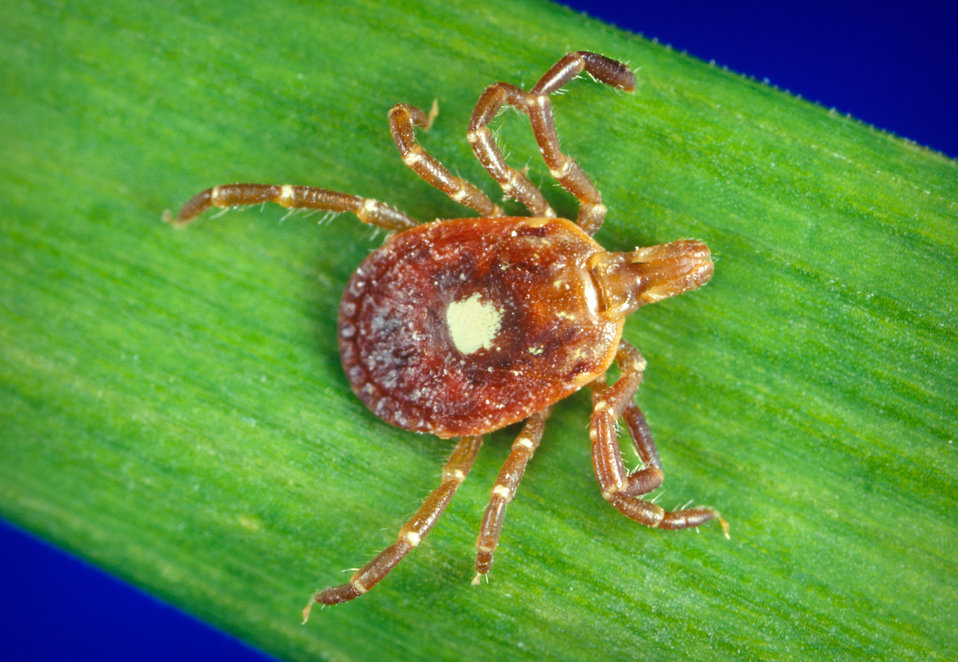
Although the CDC explains that there isn't a lot of solid research about the Heartland virus, it is suspected that lone star ticks are mainly responsible for spread of the disease.
Lone star ticks, also called turkey ticks, are a variety of small arachnids that live in the eastern U.S. In their larval form, they may be called seed ticks.
They can be identified by the white "Lone Star" on their backs.
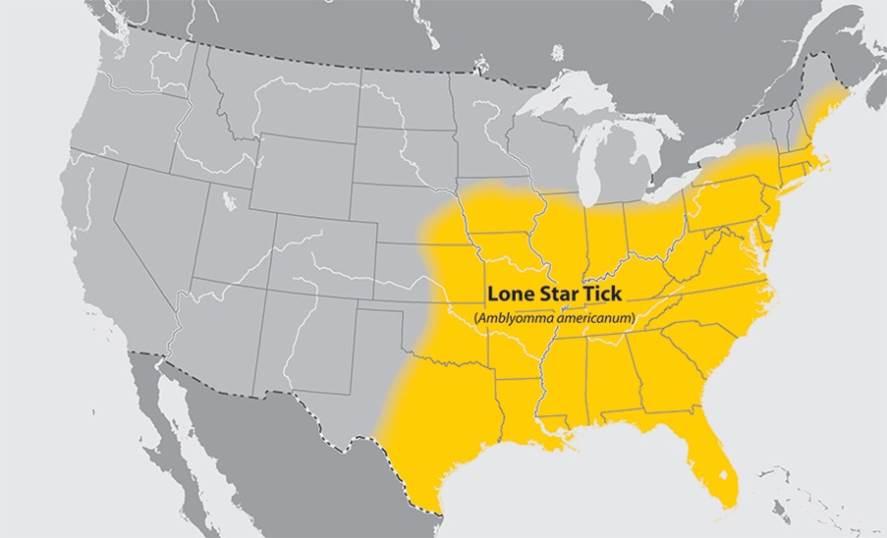
Heartland virus was first detected in the Midwest in 2009, according to NPR. Researchers assumed that the affected region was fairly small and contained, but recent reports say otherwise.
The CDC has since found the virus in woodland animals in 13 states, ranging from Texas, to Florida, to Maine.
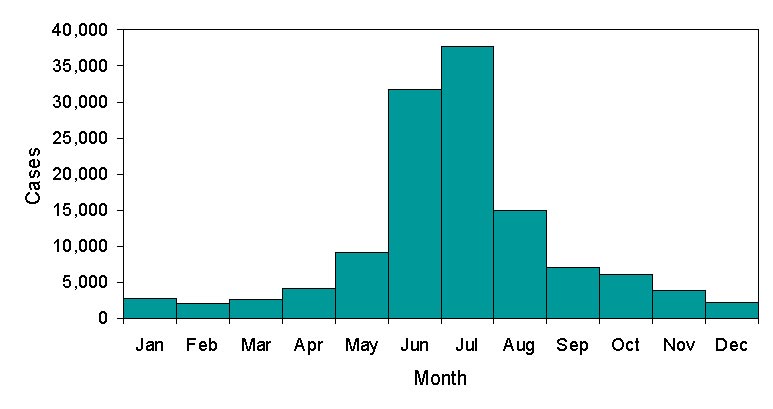
Although this chart shows the seasonal increase for Lyme disease, the same pattern has been seen in the Heartland virus.
All known cases have began from May to September, when ticks thrive and people are outside the most.
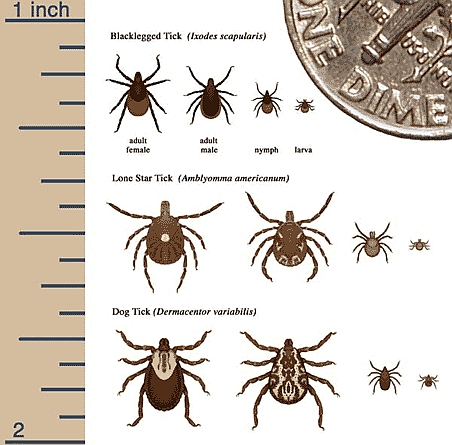
It's important to be aware of the fact that a lone star tick might carry the virus before it is even fully grown.
Only adult female ticks are marked with the "Lone Star" detail, but male ticks and younger ticks can still be infected.
When doing tick checks, keep your eyes out for males, nymphs, and ticks in their larvae stage of life, too.

Since so little is known about the condition, doctors recommend avoiding contact with ticks at all costs as the best form of prevention.
This means covering up when going into wooded areas, doing regular tick-checks, and using a generous amount of repellent.

Please SHARE this warning with your friends and family!




